The Making of a Classic American Rock Album
- Like
- Digg
- Del
- Tumblr
- VKontakte
- Buffer
- Love This
- Odnoklassniki
- Meneame
- Blogger
- Amazon
- Yahoo Mail
- Gmail
- AOL
- Newsvine
- HackerNews
- Evernote
- MySpace
- Mail.ru
- Viadeo
- Line
- Comments
- Yummly
- SMS
- Viber
- Telegram
- Subscribe
- Skype
- Facebook Messenger
- Kakao
- LiveJournal
- Yammer
- Edgar
- Fintel
- Mix
- Instapaper
- Copy Link
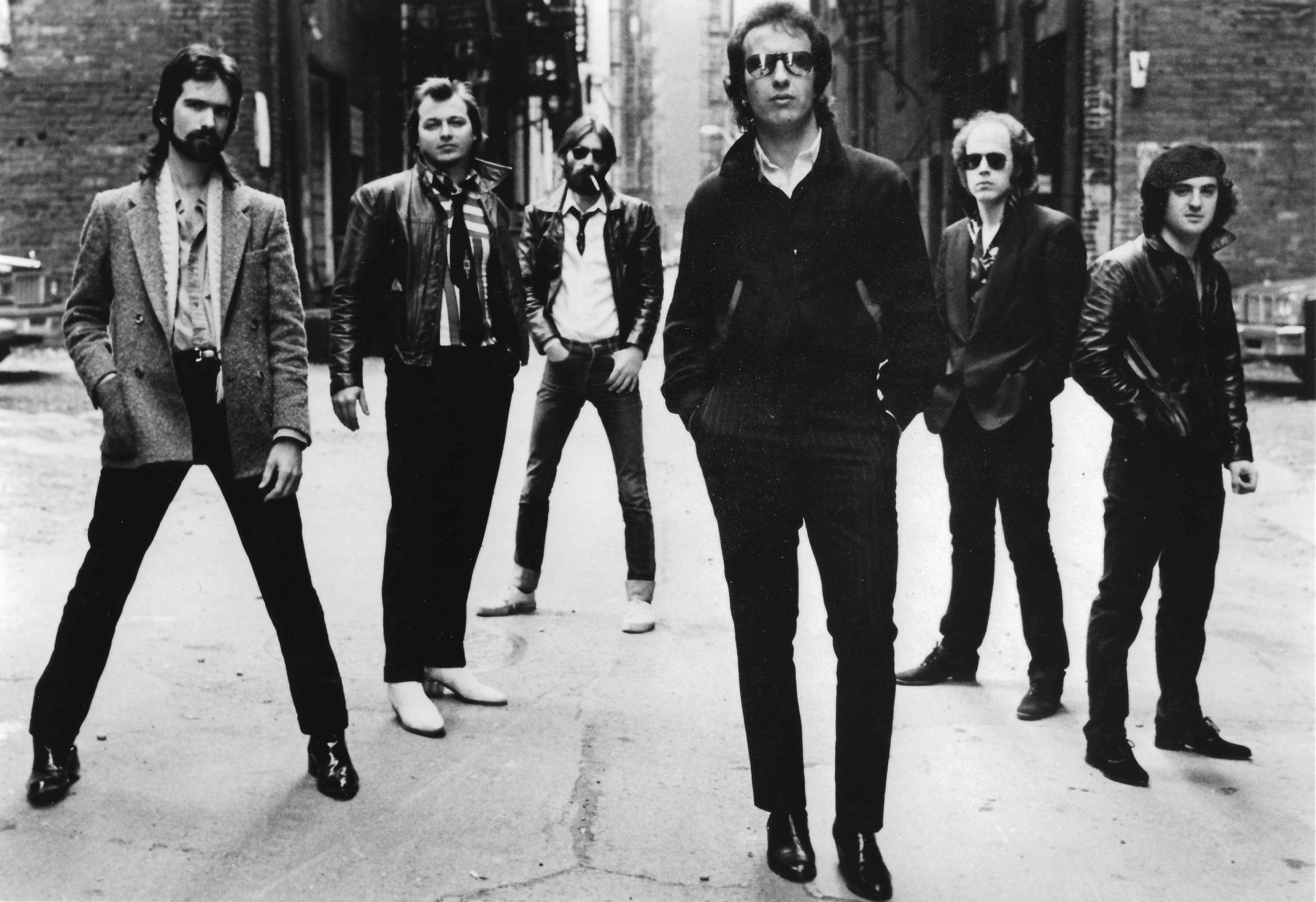
Joe Grushecky and the Iron City Houserockers (the original incarnation of the iconic band) are celebrating the 40th anniversary of their landmark second album, Have a Good Time…But Get Out Alive. The album is being reissued by Cleveland International Records digitally on May 22 with recently mastered bonus demo tracks. The street date for physical CDs and vinyl is June 19. In the remastered two-CD set, a bonus disc includes 16 previously unreleased tracks of demos and other rarities. The new vinyl edition will include a download card of those same 16 tracks to go with a vinyl replica of the original album. The album is available for pre-order at Amazon, iTunes, and ClevelandInternational.com.
Grushecky spoke to Entertainment Central last year in advance of the 40th anniversary of the band’s first album, Love’s So Tough. In talking with Grushecky for this year’s special occasion, I asked about what transpired between Love’s So Tough being released in April of 1979 and the release of Have a Good Time in June of 1980, what it was like recording the new album in New York City with several noted musicians as producers, and its reissue with bonus tracks.
As outlined in last year’s story, Grushecky and the Iron City Houserockers were signed by Cleveland International Records which was owned by the “Slimmer Twins,” Steve Popovich and Marty Mooney. In recording Love’s So Tough, the band would play a gig in Pittsburgh on a Thursday night then drive to Cleveland and record a song for the day. Then they would play somewhere Friday night and be back for a Saturday night show at Oakland’s The Decade. Each song took only about a day to record. One of the goals of Love’s So Tough was to capture the spirit and energy of a Houserockers show in a recording studio. The recording sessions were of good quality, but more on the fundamental side without a lot of studio tweaking of the songs. Grushecky even admitted that they didn’t know much at that point about the finer points of recording an album for major release. Love’s So Tough was released by MCA Records in April 1979 to critical acclaim from the rock press.
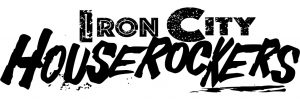
The year between the two albums was not super exciting. “We didn’t have a manager yet, and there was the gas shortage (due to the Arab oil embargo) which meant that you could only purchase gas on alternate days as to whether the last number on your license plate was odd or even. This concerned us because we didn’t want to get stranded somewhere, so we mainly just toured the tri-state area,” Grushecky said.
In October of 1979, Grushecky was diagnosed with a tumor in his throat. He quietly had it removed and has only spoken about it this year in regards to the reissue of Have a Good Time. The band was told that they were going to have the opportunity to make a second album due to the praise that the first received. While he was recovering they weren’t playing out so he spent a lot of time writing new songs.
He continued, “When I recovered we started demoing the songs at Asterix Studios in Wilkinsburg. As a band we were always writing and demoing and trying out the new songs when we played out. We always had money in our budget to record demos.” Many of those songs they wrote and demoed became tracks on Have a Good Time and many that weren’t have become bonus tracks on the album’s reissue.
Recording with the Stars
By February of 1980 Grushecky and the band were in New York City, rehearsing for six days at SIR Studios, preparing for their subsuquent recording sessions at Media Sound on 57th Street. On the very first day of rehearsal Popovich showed up with Mick Ronson (of David Bowie and the Spiders from Mars and the Ian Hunter Band) and a day or two later he came by with Steve Van Zandt. I asked Grushecky if he and the band knew that these famous musicians were going to come on board to help produce Have a Good Time? He said they had no idea.
Grushecky said, “We had revolving producers in at the time. Steve would usually come and work with us early in the day and then he would go and work on The River with Bruce Springsteen down at The Power Station. He was working with us and The River at the same time. And then Ronson would come in. They started looking at our songs and rearranging and cutting and doing whatever producers do. At some point after we got into the studio, after a couple days of recording, Van Zandt would come in and Ronson would leave. Steve Van Zandt then bowed out to work on The River. At that point Ian Hunter (Mott the Hoople, Ian Hunter Band) started coming around more. He and Ronson were performing together in the Ian Hunter Band at the time. When Ian came, he and Mick finished the record. Mick was the designated producer and they mixed everything. Steve Van Zandt played a big part right at the beginning in the early parts when we were arranging the songs and then the first couple days in the studio when we were doing the basic tracks. Ian and Ronson were there through the completion of the record.”
I asked Grushecky what it felt like working with such big name talent. “Well yeah, it was unbelievable, they all had significant records under their belt, significant success,” he said. “And they were studio savvy, they knew how to work a studio…You learn over the years that once you start recording, what you play live and what you do live doesn’t necessarily translate into being a good record. We were always song oriented and so they tightened everything up quite a bit. It was great working with the three of them. I have nothing but fond memories of working with the three of them and to this day I’m still friends with Ian and Steven, and I met Bruce through Steven while working on that record and Bruce and I have become pretty tight throughout the years. Yeah, but it was great because we were basically just the guys off of Southern Avenue up on Mt. Washington and all of a sudden we’re hobnobbing with all these rock stars.”
He added that “Ellen Foley, who was singing background vocals on Have a Good Time, brought her boyfriend, Mick Jones of The Clash, by to watch several of the recording sessions.” (Foley, whose vocals can be heard on the track “Junior’s Bar,” was known for her collaborations with Meat Loaf. Both she and Meat Loaf were, like Grushecky and the Iron City Houserockers, signed with Cleveland International Records at the time.) Have a Good Time took six days of tracking and six days of singing and mixing according to Grushecky.
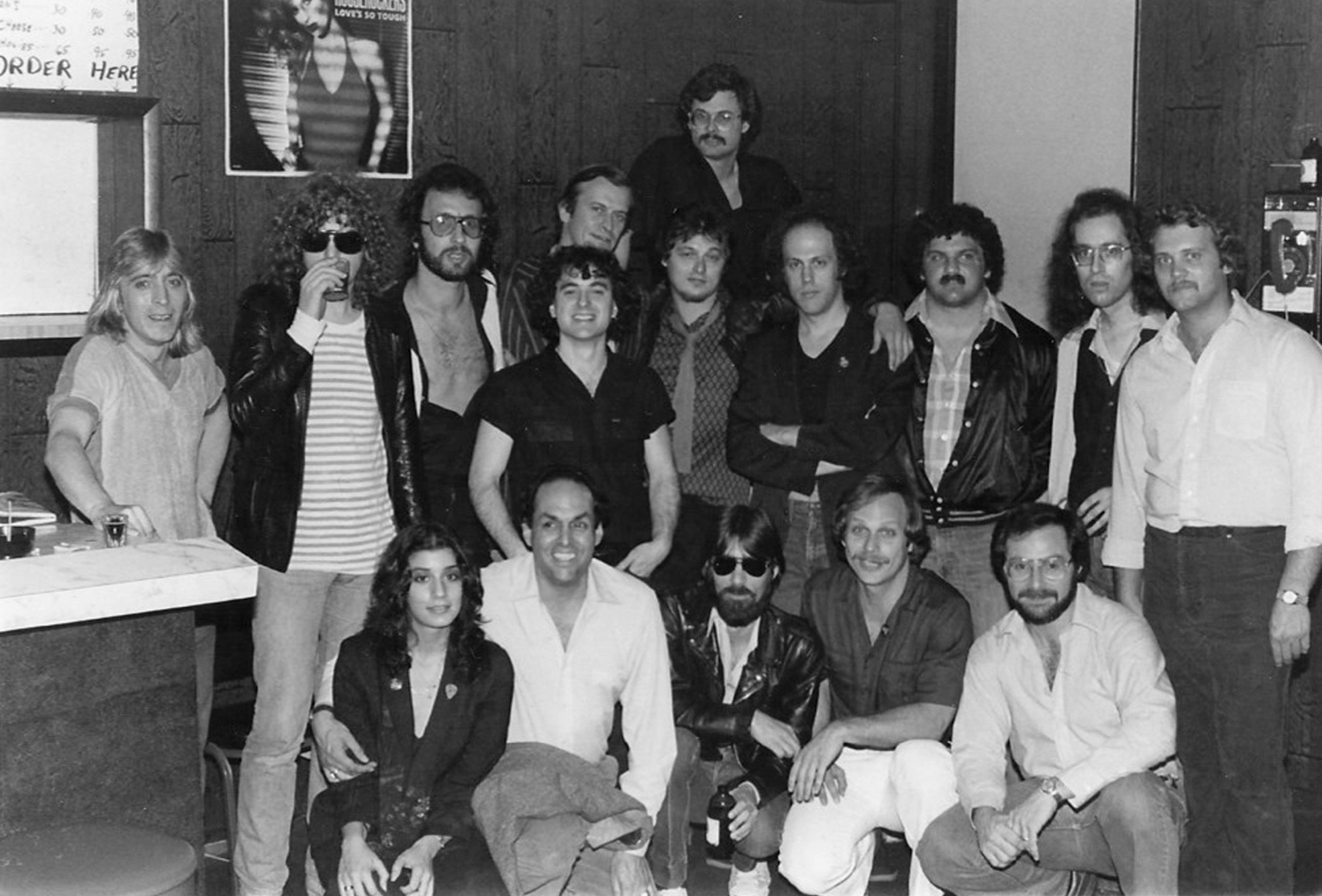
I asked Grushecky if there was a specific goal or concept to Have a Good Time. He replied, “One thing that I found in the process of making Love’s So Tough is that if I wrote about what I knew about, the songs were better. So focusing on our city, and my friends and my family and just what was going on in that moment of time, which was the coming up to the collapse of the steel industry, it was almost that you could taste it.”
The title of the album and song comes from the fact that Houserocker shows were “off the charts wild,” and once when Grushecky was onstage performing, he told a fan in a slightly out-of-control group of revelers to have a good time but get out alive. Soon thereafter Grushecky thought to himself that the phrase would make an excellent song, eventually becoming the album title. Also in the running for the album title was “Pumping Iron.”
Grushecky said what’s interesting in talking about this album 40 years later is that it still holds up very well. “The reviews for the reissue of Have a Good Time are off the top, off the wall.” One reason the album continues to hold up is that Grushecky and the Houserockers have always been a rock and roll outfit that has “their roots down and play with a hard edge,” as Grushecky says.
But there are also influences of other musical genres in their sound, including soul, blues, R&B, punk, and new wave. Grushecky mentioned that he was brought up in the ‘60s on The Beatles and Rolling Stones, and later especially liked The Clash and their London Calling LP. Although influenced by others, as many great bands and performers are, Grushecky and the Houserockers forged their own signature sound which still resonates as genuine today. This unique rock sound can be heard on songs like the title song “Have a Good Time (But Get Out Alive),” “Pumping Iron,” “Don’t Let Them Push You Around,” and “Junior’s Bar.”
When the album was originally released it received much praise. Greil Marcus, rock critic for The Village Voice, said the album was “the strongest album an American band has made this year … And proves the Iron City Houserockers are the best hard rock band in the country.” Creem emphatically said that Have a Good Time…But Get Out Alive earns the Iron City Houserockers “a permanent place in the hallowed hall of the immortals.”
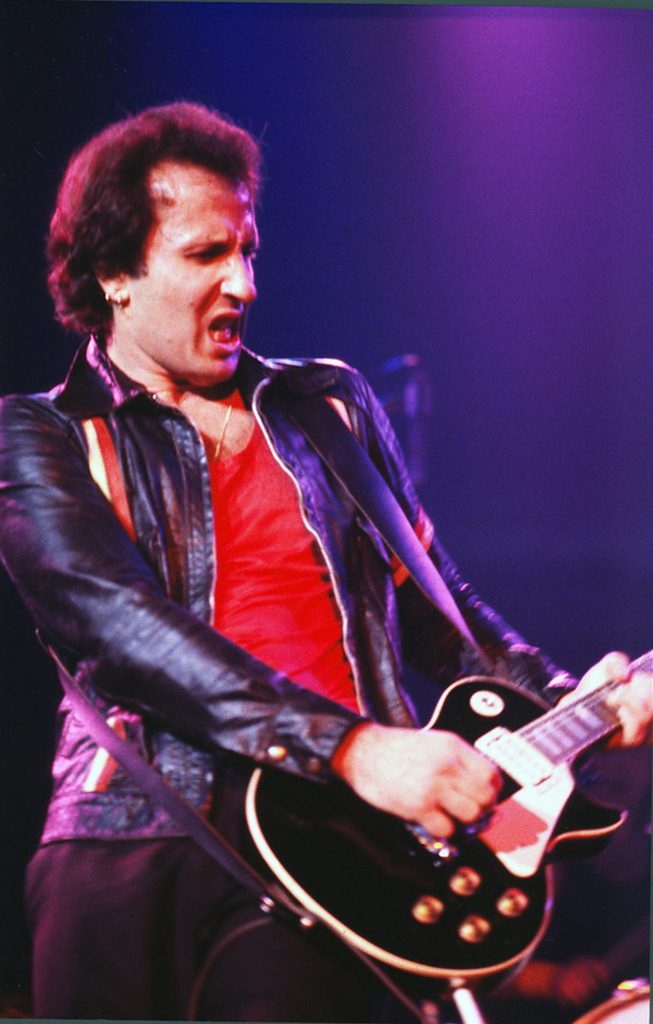
Joe Grushecky (photo: Barb Summers)
The core Iron City Houserockers group was Grushecky on vocals and guitar, Gil Snyder on piano and vocals, Ned E. Rankin on drums, Art Nardini on bass, Marc Reisman on harmonica and background vocals, and new recruit Eddie Britt on guitar, having replaced founding member Gary Scalese following his serious hand injury. Steve Popovich and Marty Mooney co-produced the album with Mick Ronson and additional input from Ian Hunter and Steven Van Zandt. Like Love’s So Tough before it, Have a Good Time was also released on the MCA Records label. Grushecky said the album cracked the Billboard 200.
Reissue and Bonus Demo Tracks
Part of the fun of the reissue and its bonus demo tracks is that you can hear how the band demoed the song in Wilkinsburg at Asterix Studios and how the song was changed in the New York recording sessions. There are also some undiscovered gems on the reissue including the demo for “Rooster Blues,” a blues song written by Jerry West that Lightnin’ Slim recorded in 1960. On the demo track the Houserockers sound like a top-notch blues band with some great harmonica playing.
One song that sounds like a rock opus, yet never made it onto Have a Good Time, is “Struggle and Die.” Its hardscrabble story is told with haunting vocals by Grushecky, a pounding drumbeat, beautiful semi-classical piano, and scorching guitars. I asked Grushecky about the song and he said, “We were looking at that to be a big signature song, and they threw it out, (laughingly) just threw it out. It eventually became ‘We’re Not Dead Yet.’ It has the same opening line and a few of the same chords.” I suggested the band should play “Struggle and Die” live sometime and he said they might after things get back to normal. And if you would like to hear what Manfred Mann’s “Doo Wah Diddy Diddy” sounds like “Houserockerized,” it’s one of the bonus demo tracks too.
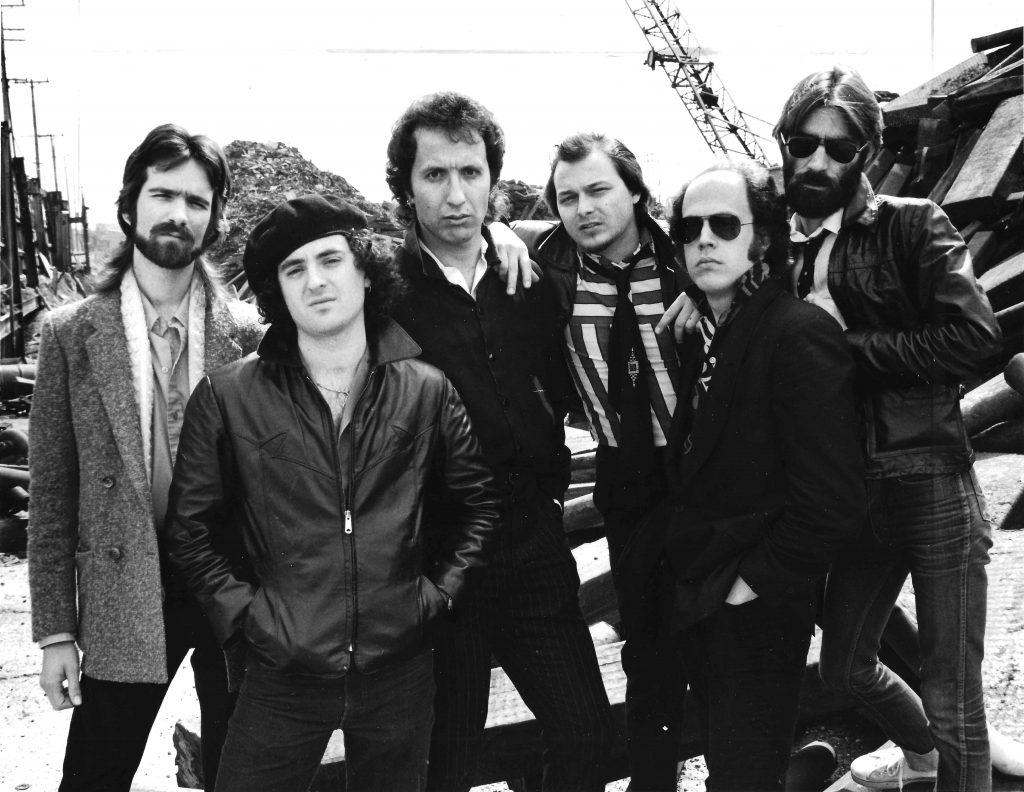
For assistance on pulling the bonus demo tracks together Grushecky worked with his son, whom he called “a Houserocker at birth,” Johnny Grushecky. He continued, “Johnny’s great, he brings a full perspective…he’s into his own thing too…he listens to all different types of music and is very knowledgeable about them. He keeps me honest and enthused about everything.” (Johnny was also instrumental in working with Joe on the Houserockers’ latest LP, 2018’s More Yesterdays Than Tomorrows).
I asked Grushecky about the process of going through his old demo tapes from cassettes and reel-to-reels. “A lot of stuff has been sitting in my house in boxes for forty years. When we put it all together finally, I had a lot more stuff, different versions of songs. Johnny and Brian Coleman, my sound man, sort of directed how that was put together and got everything digitally transferred. I kept feeding them stuff. They worked with me to use the best representations of the song. Like ‘Have a Good Time…But Get Out Alive,’ I only had one version of. I can remember when we recorded it I said we got that one, that’s enough let’s move on to something else. We did that song in one take and then moved on.”
Grushecky continued, “The song ‘Don’t Let Them Push You Around,’ which is about two minutes on the record, the demo tape’s like 7 minutes long. We were trying to do a ‘Free Bird’ type song, with different movements in it, a ‘Stairway to Heaven’ or whatever. So. I had totally forgotten that it even existed. I did not have a copy of that, just had fragments of it here and there, and then miraculously found it on a reel-to-reel recording when we got it sent out to get digitally transferred. John Naclerio (at Nada Recording Studios) did the digital transferring and remastering. The demo tapes had never been mastered and then he remastered the reissue for vinyl and CD. He had done Johnny’s records previously.” Naclerio is the re-mastering engineer of the entire reissue project with Johnny Grushecky and Brian Coleman as the producers of the bonus CD.
Grushecky said that he thought the reissue and the bonus tracks and demos would bring back memories for longtime Houserockers fans and be partially like a lost album. He and the band have definitely achieved that. Even if you’re not a longtime Houserockers fan, it’s a recording that will put you in motion.
Joe Grushecky will be playing Have a Good Time…But Get Out Alive acoustically in its entirety for his Wednesday night virtual concert series, “Live from Joe’s Place” on his Facebook page, May 20 at 8 p.m.
Friday, May 22 (the official release date for the digital reissue) Grushecky will be on Little Steven’s Underground Garage’s “Coolest Conversations” speaking with The Mighty Manfred in the 2 p.m. hour. And prior to that Grushecky will be on Facebook at 1 p.m. for a question and answer session with fans.
See our story from last year about the beginning of Joe Grushecky and The Iron City Houserockers and their first album, Love’s So Tough.
Rick Handler is the executive producer of Entertainment Central.
Share on Social Media
- Like
- Digg
- Del
- Tumblr
- VKontakte
- Buffer
- Love This
- Odnoklassniki
- Meneame
- Blogger
- Amazon
- Yahoo Mail
- Gmail
- AOL
- Newsvine
- HackerNews
- Evernote
- MySpace
- Mail.ru
- Viadeo
- Line
- Comments
- Yummly
- SMS
- Viber
- Telegram
- Subscribe
- Skype
- Facebook Messenger
- Kakao
- LiveJournal
- Yammer
- Edgar
- Fintel
- Mix
- Instapaper
- Copy Link
Follow Entertainment Central
Sign up for the EC Newsletter
Latest Stories







